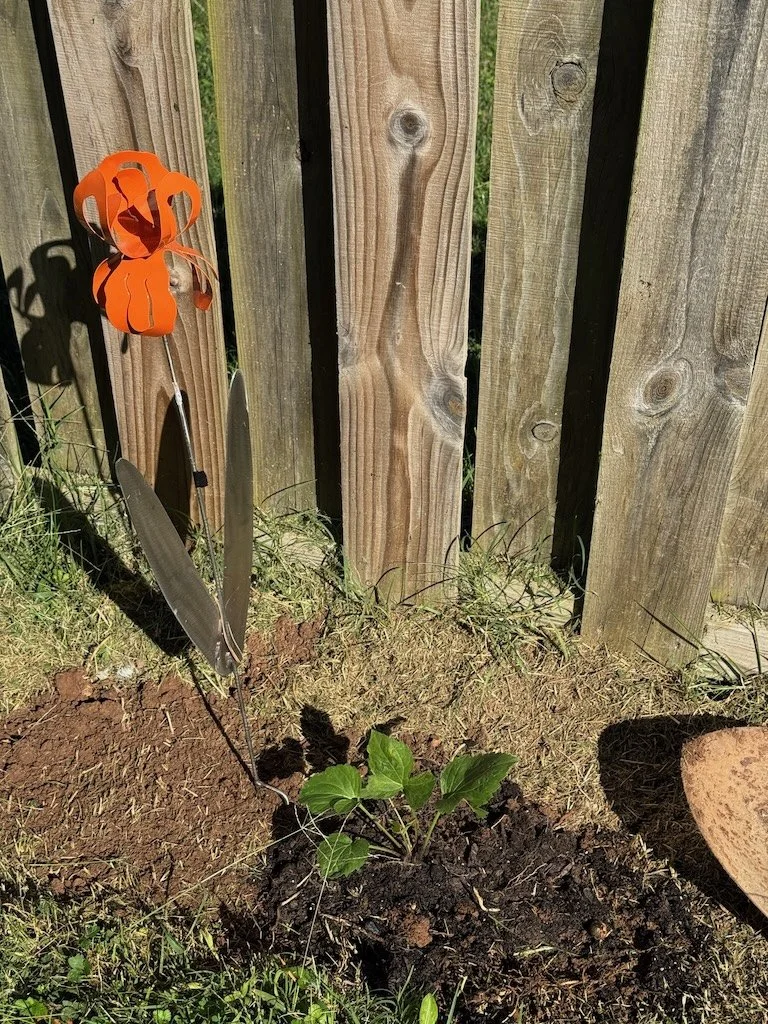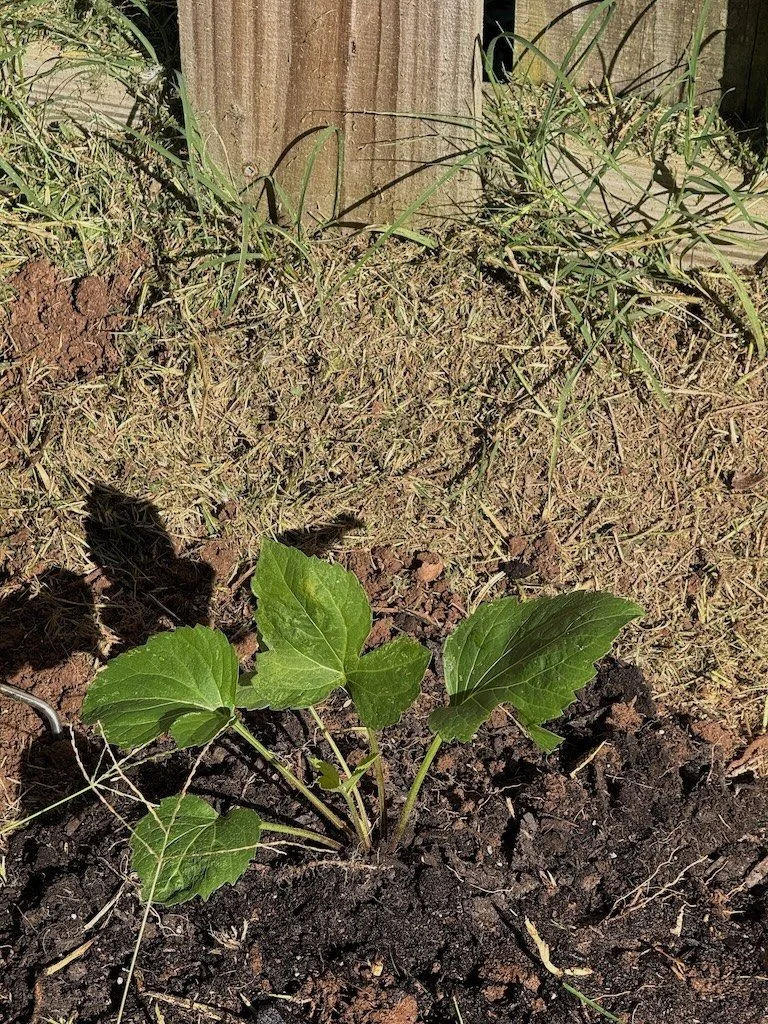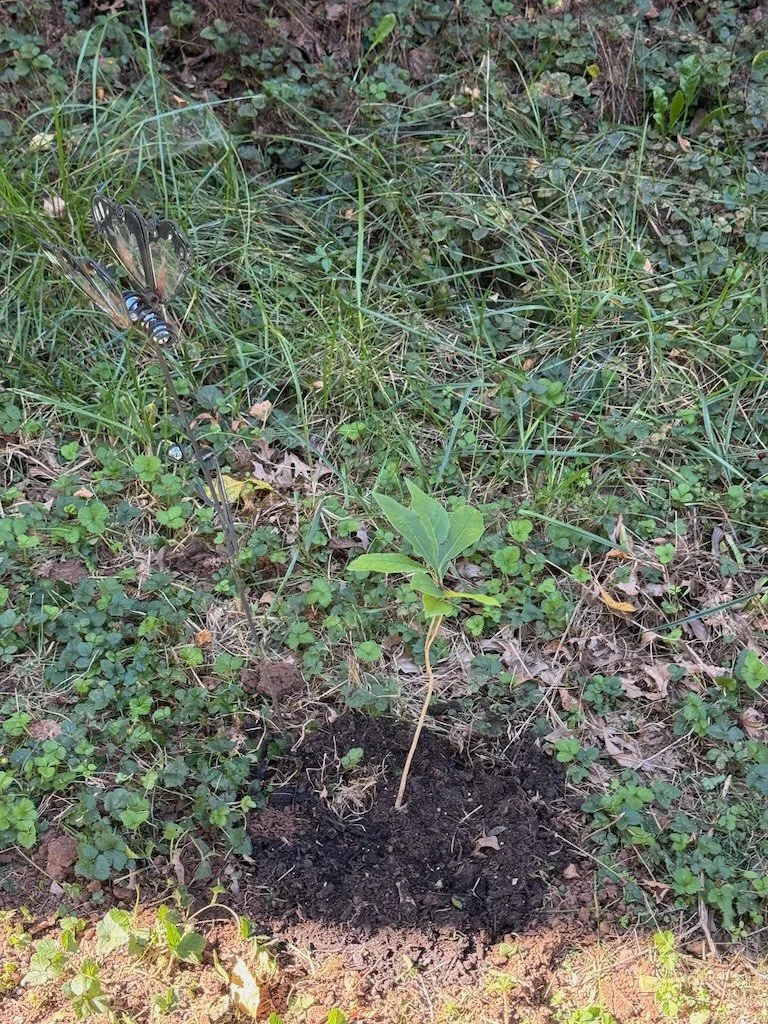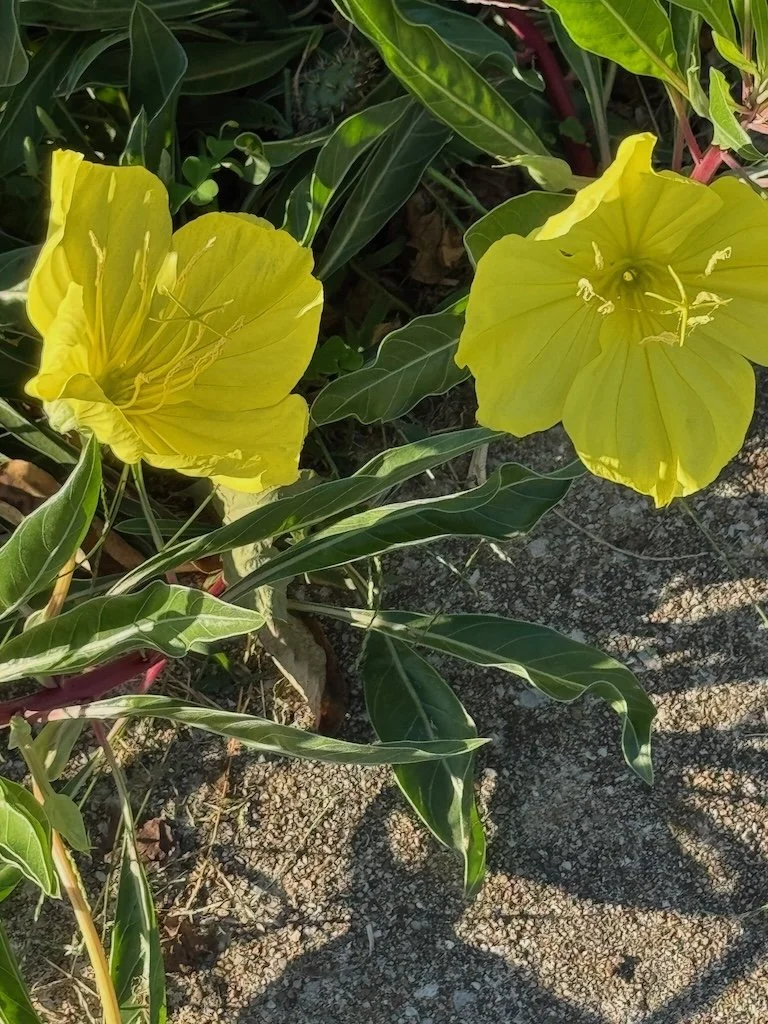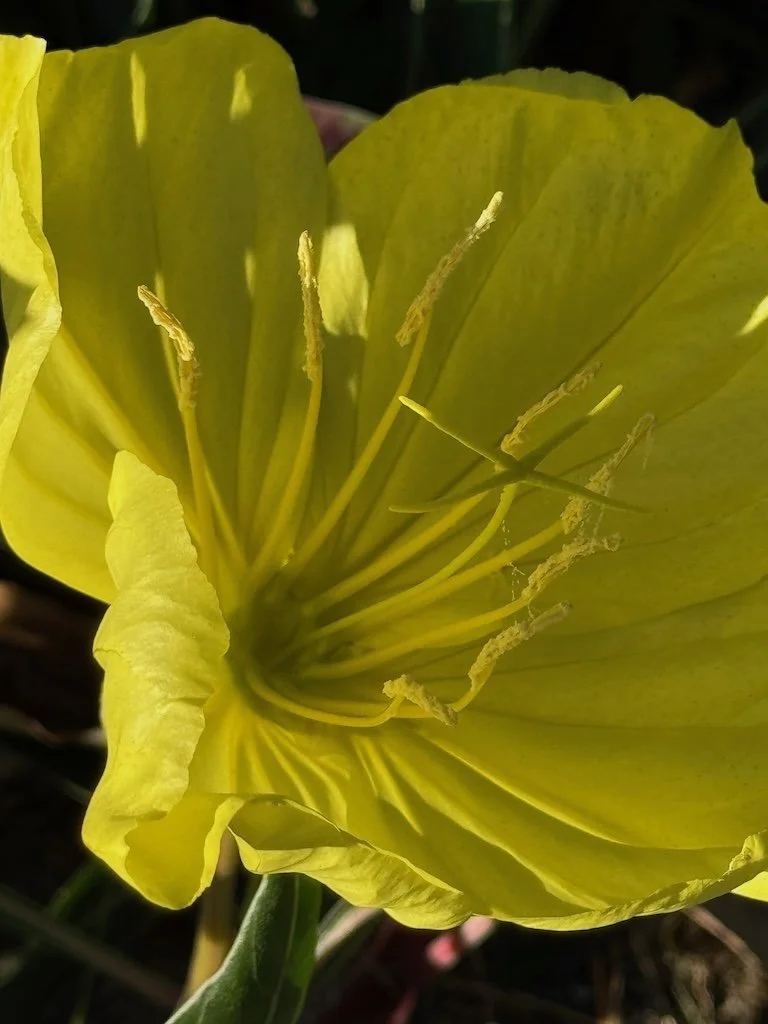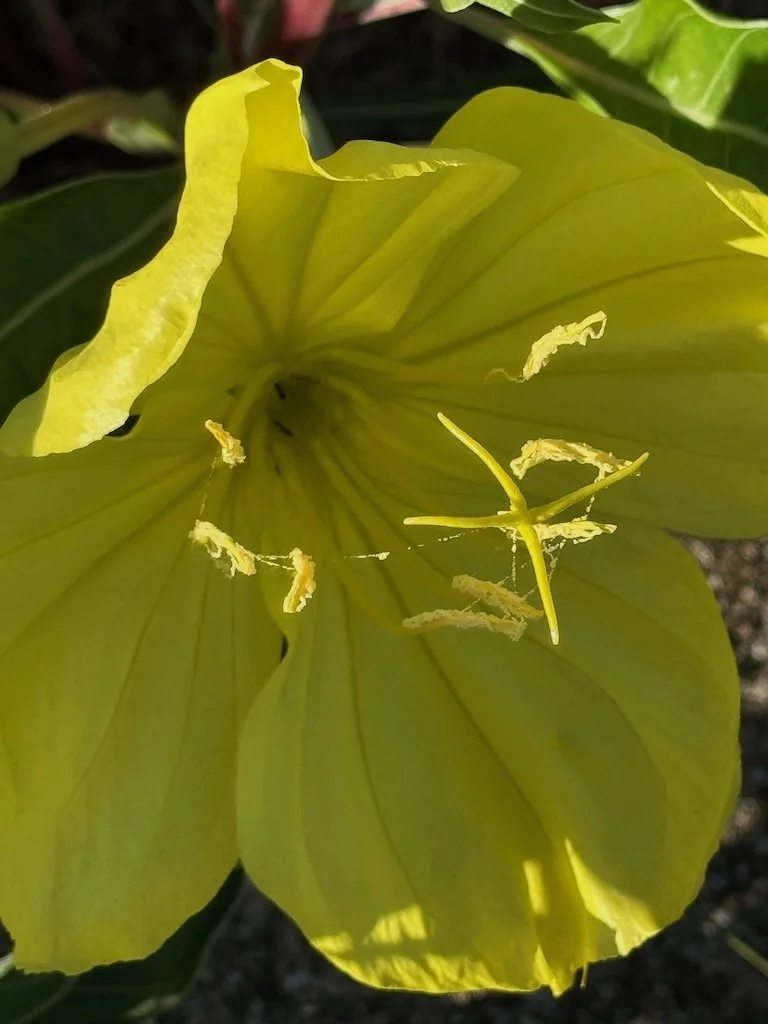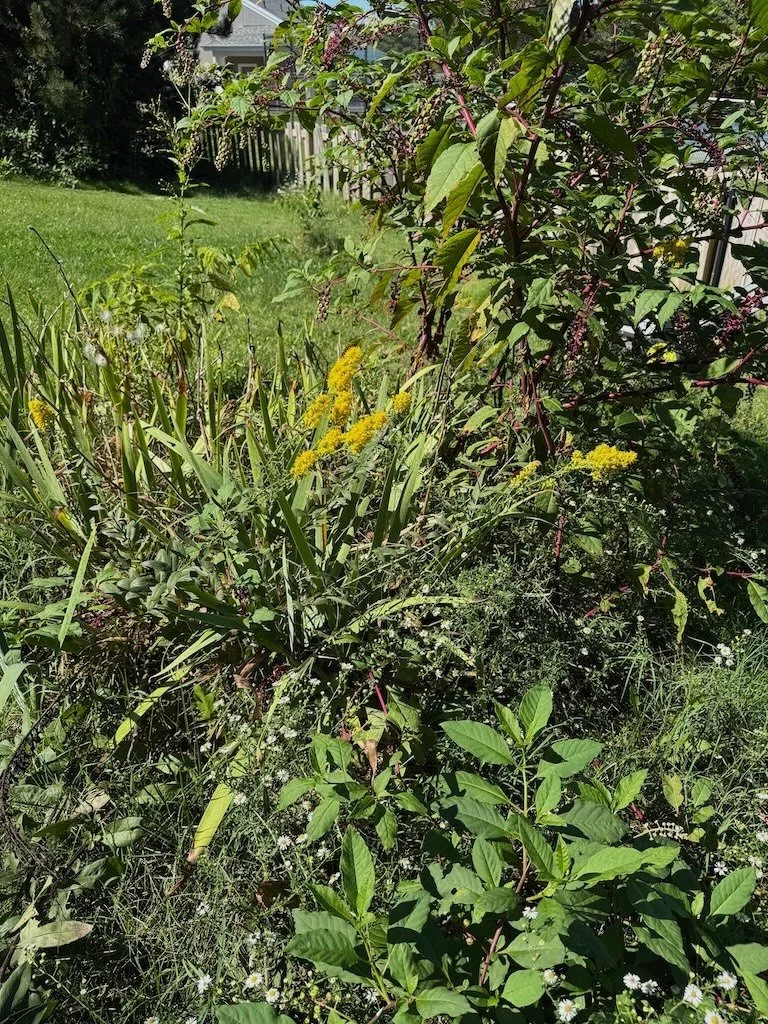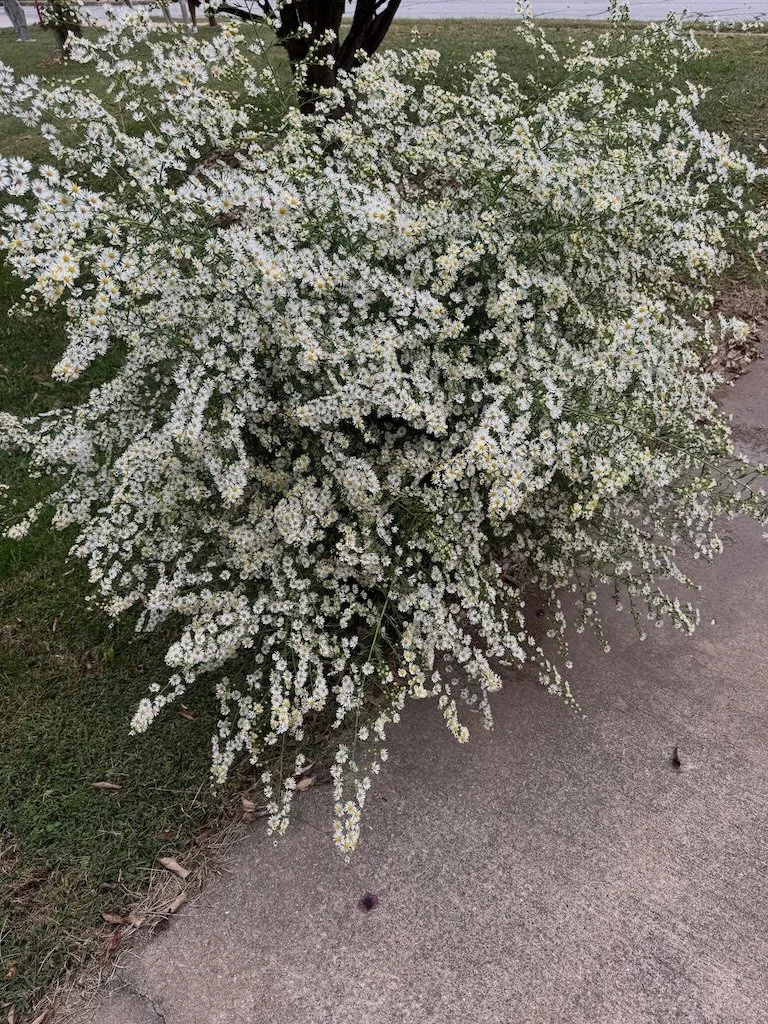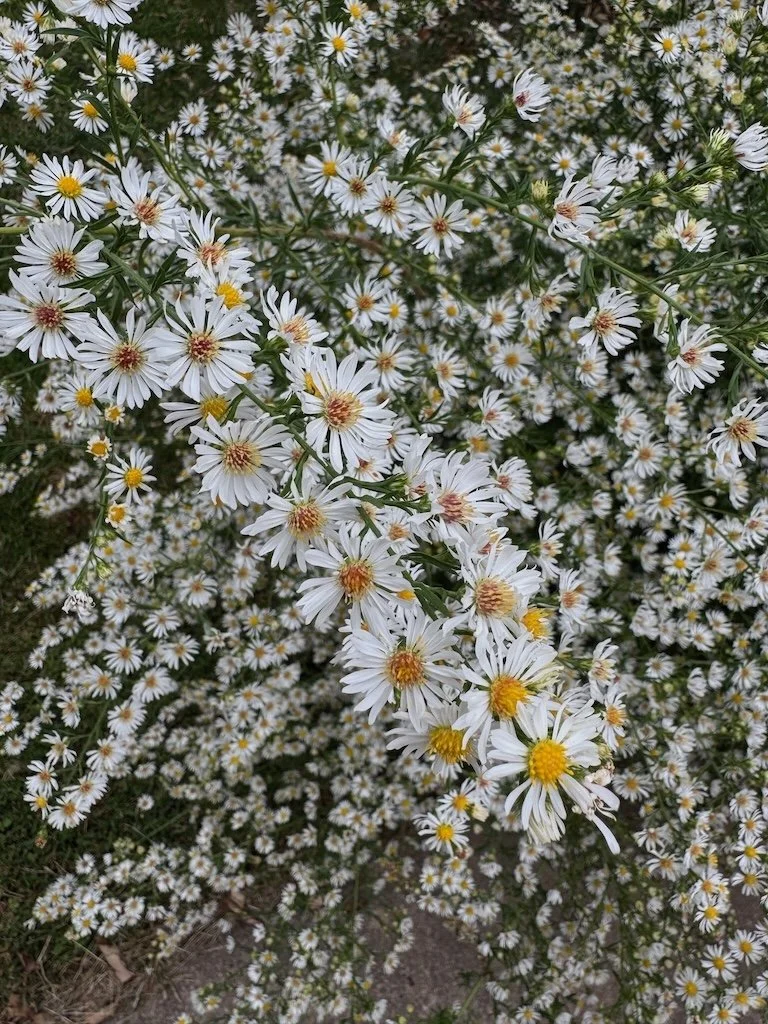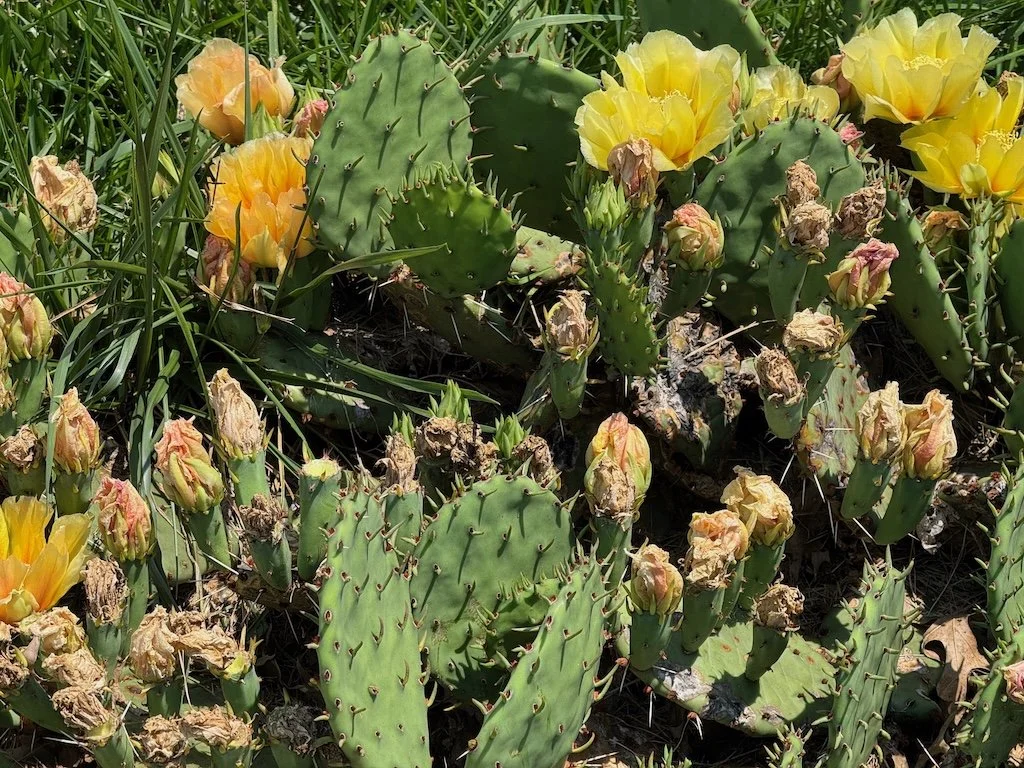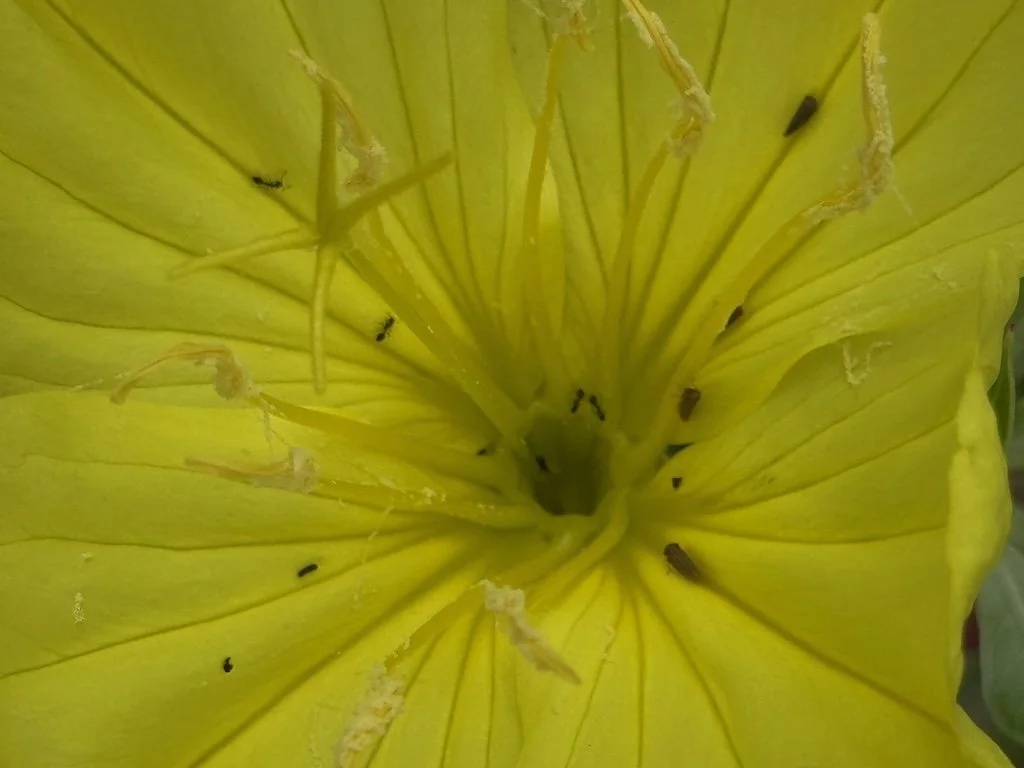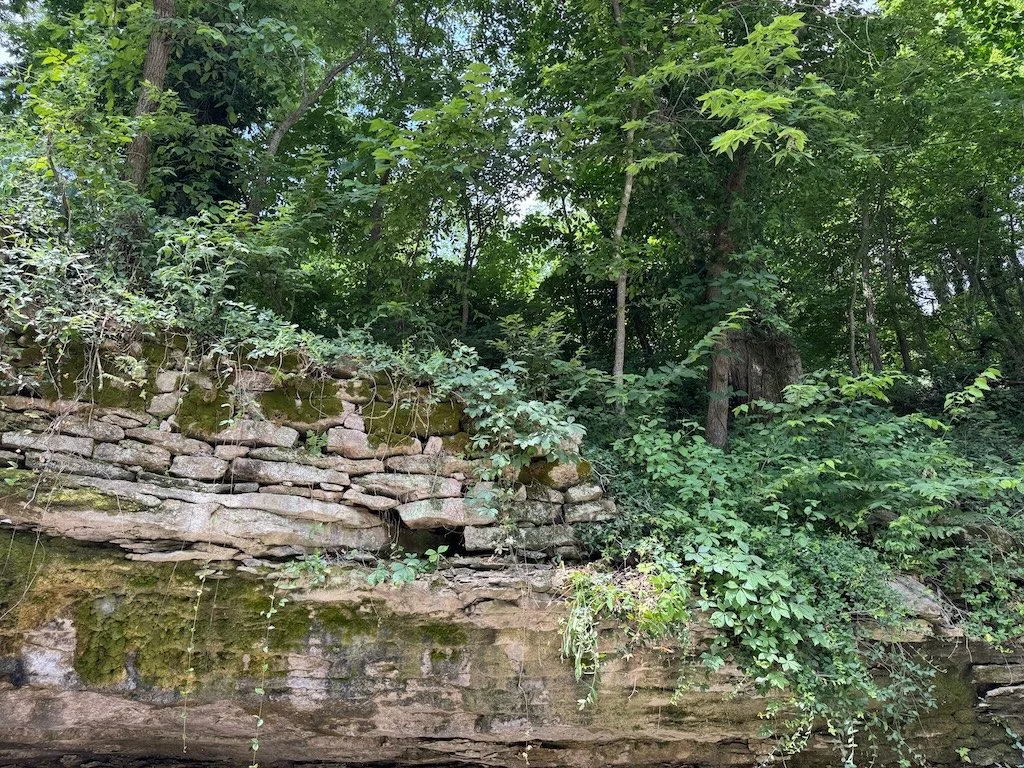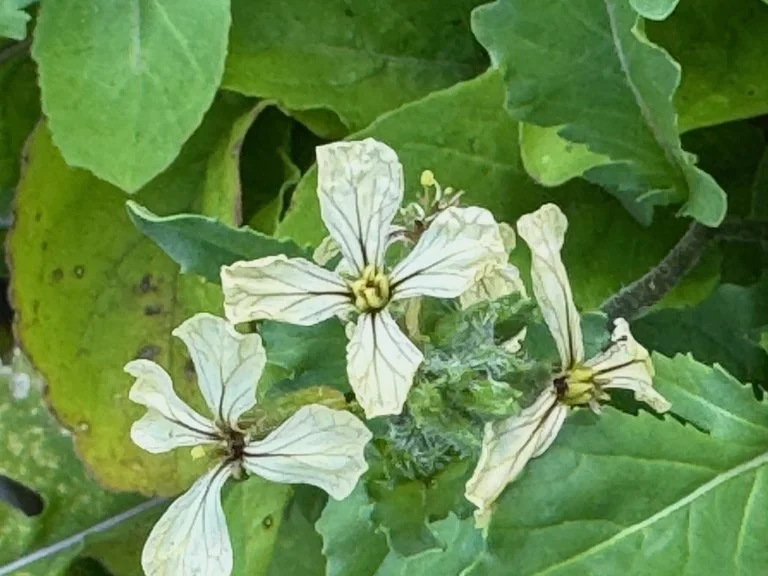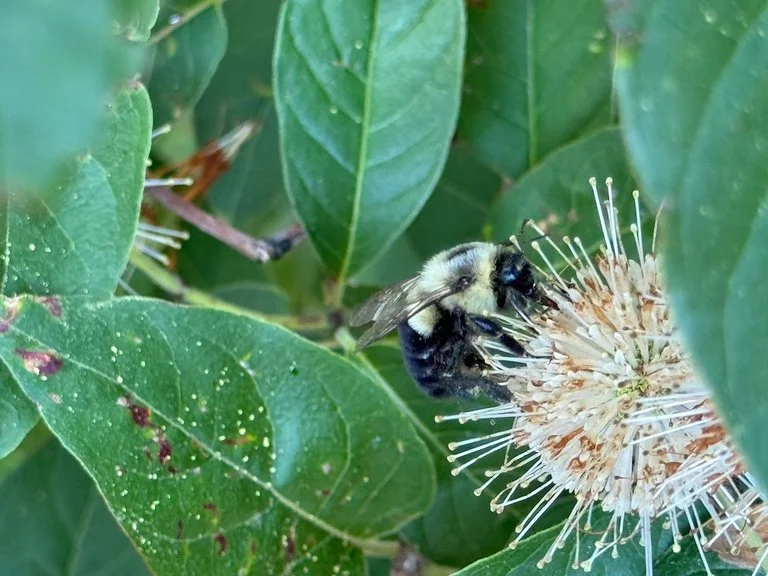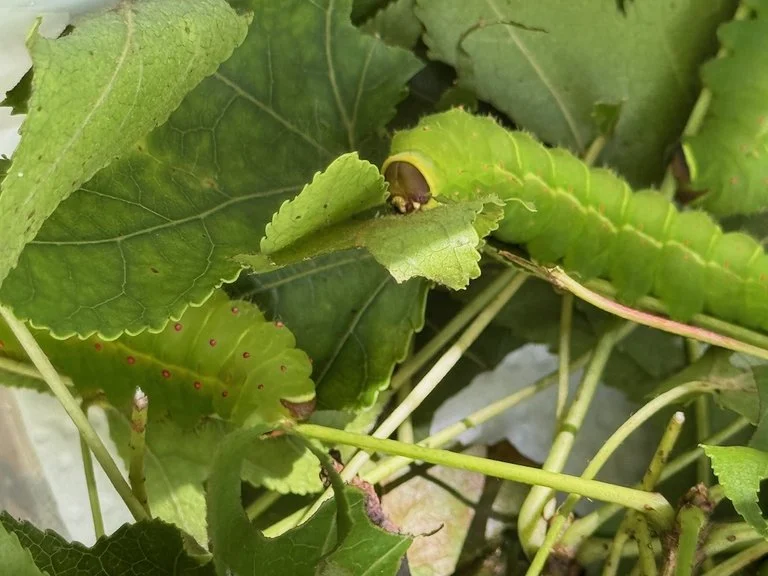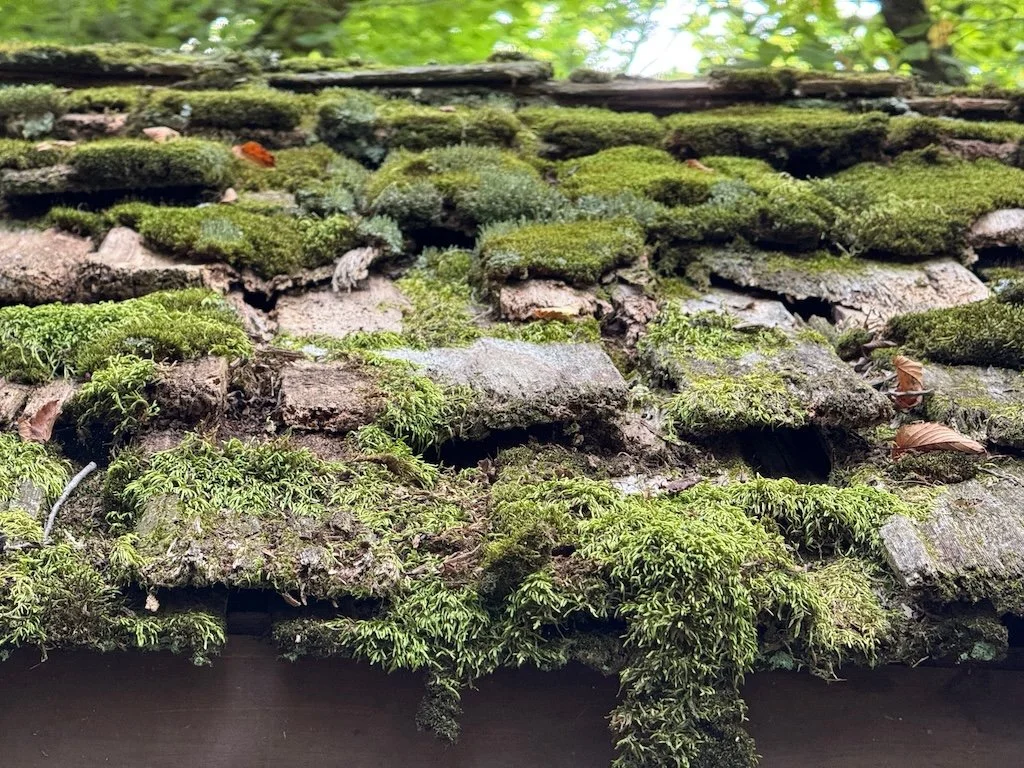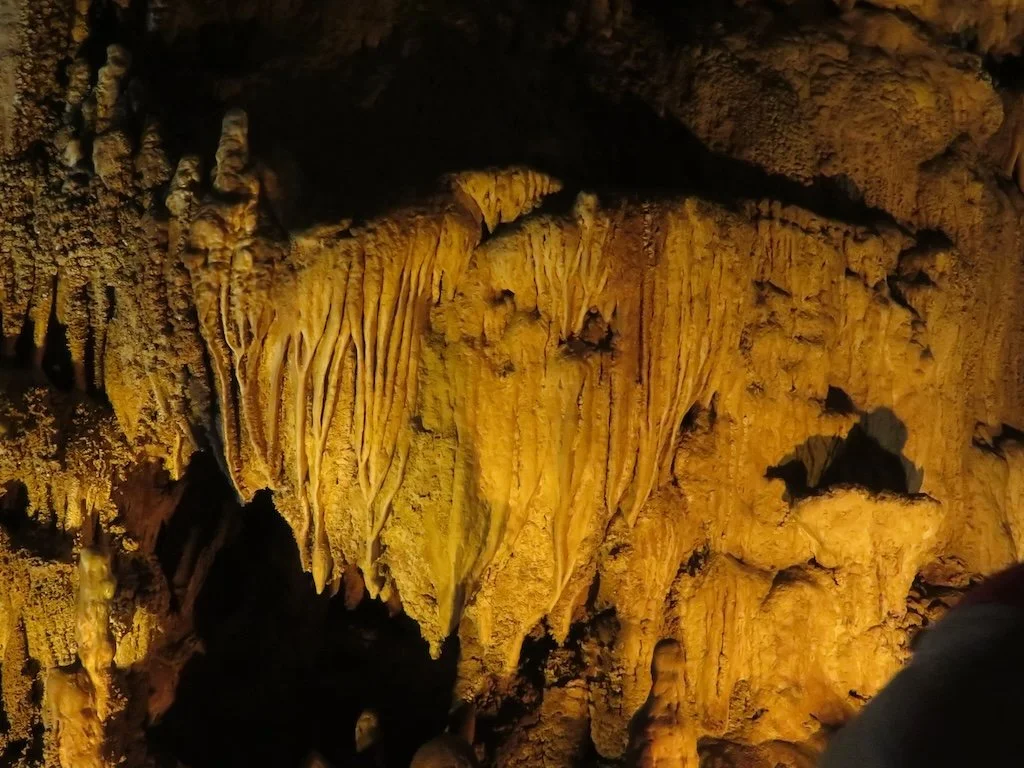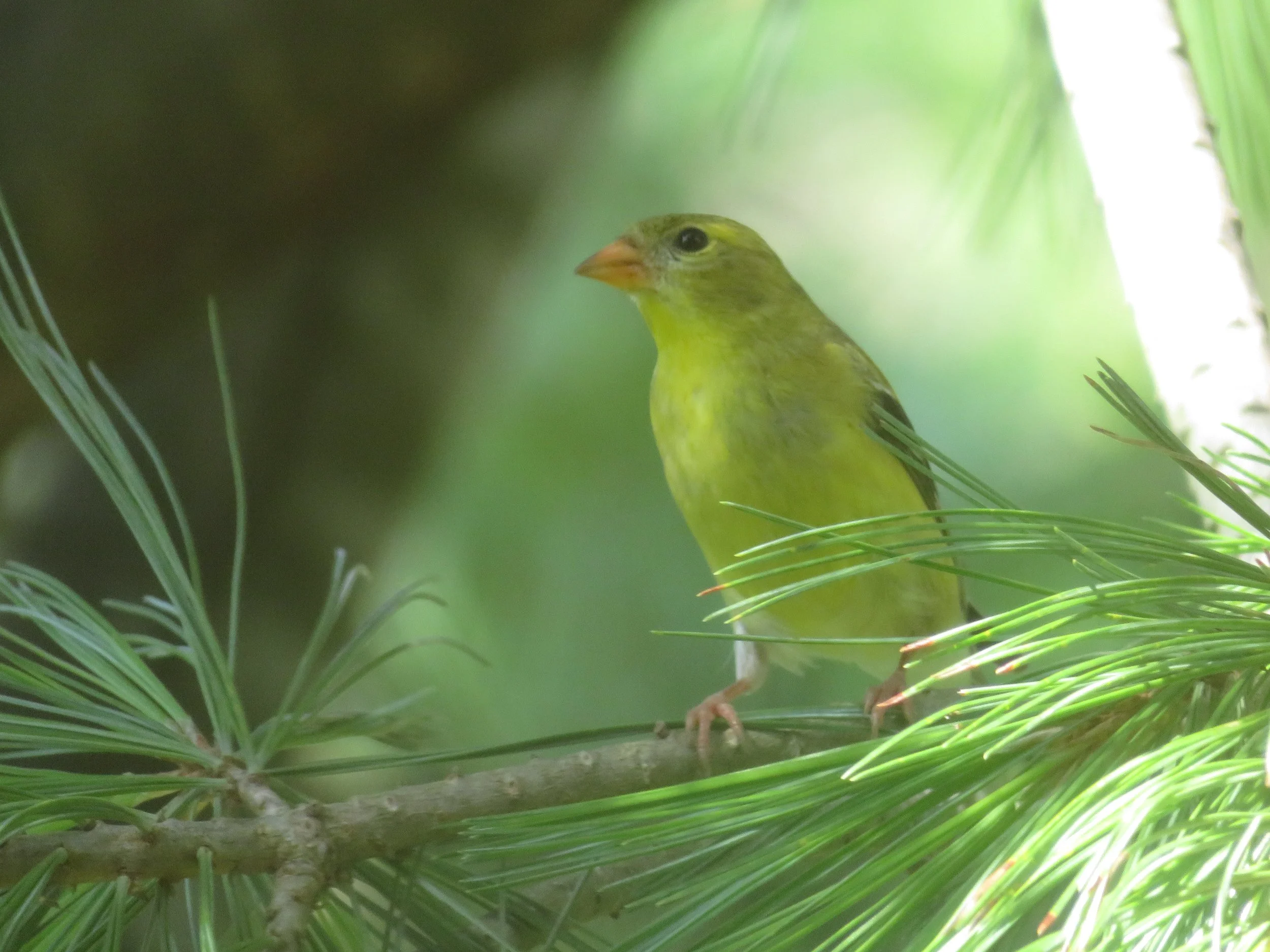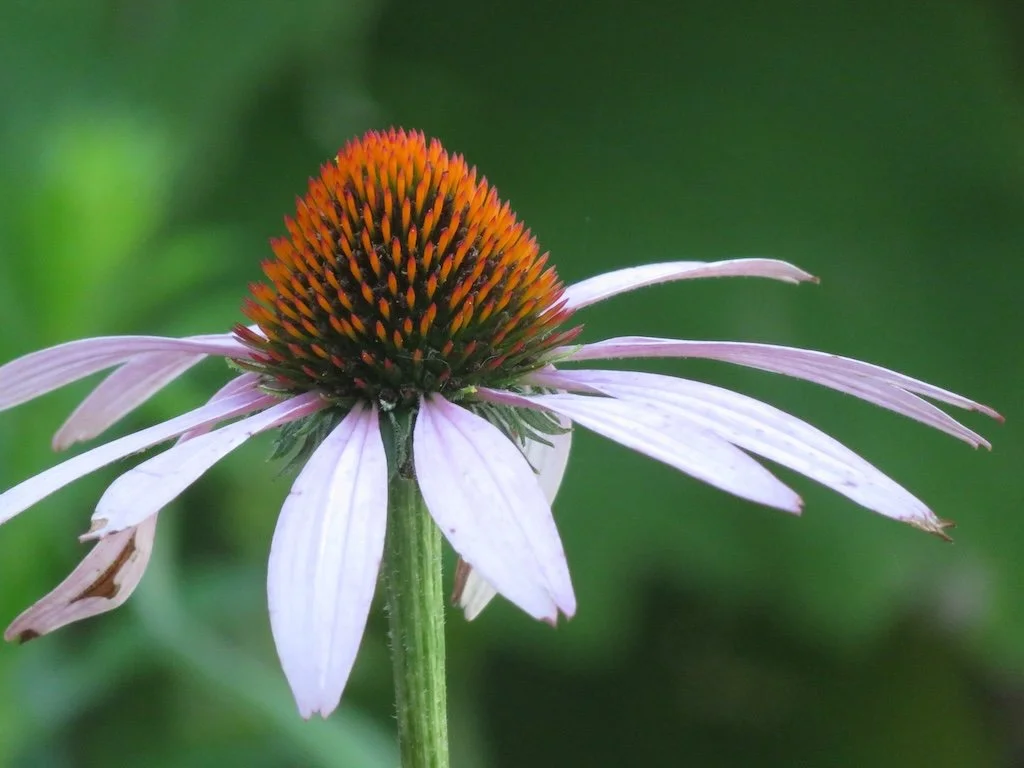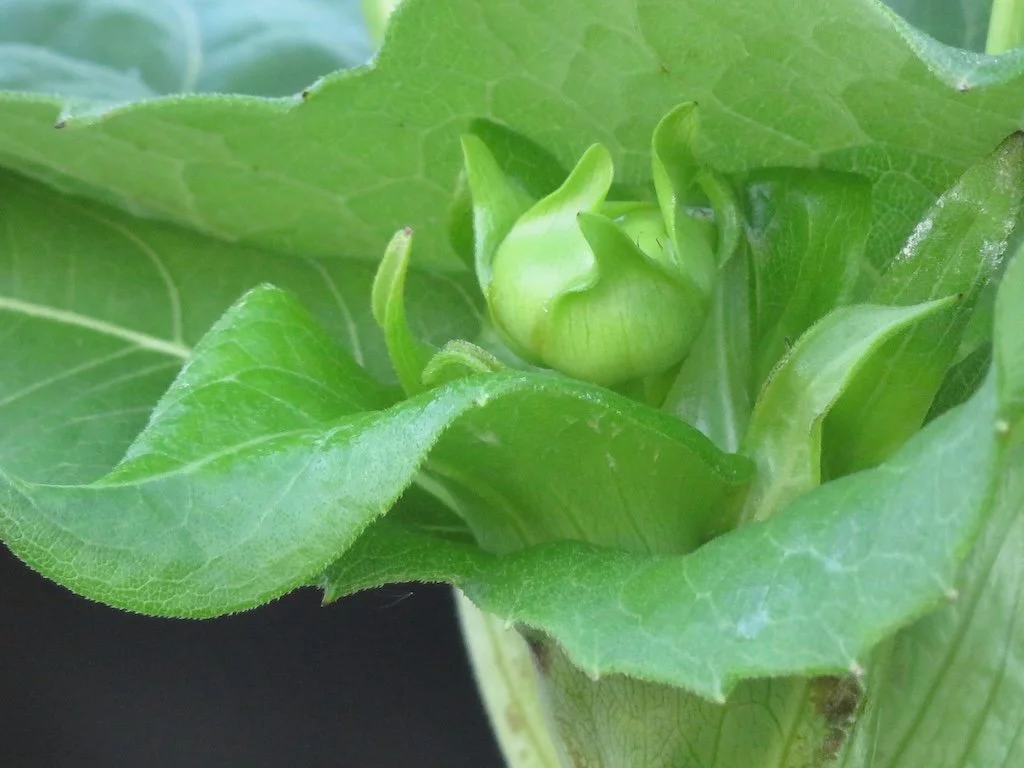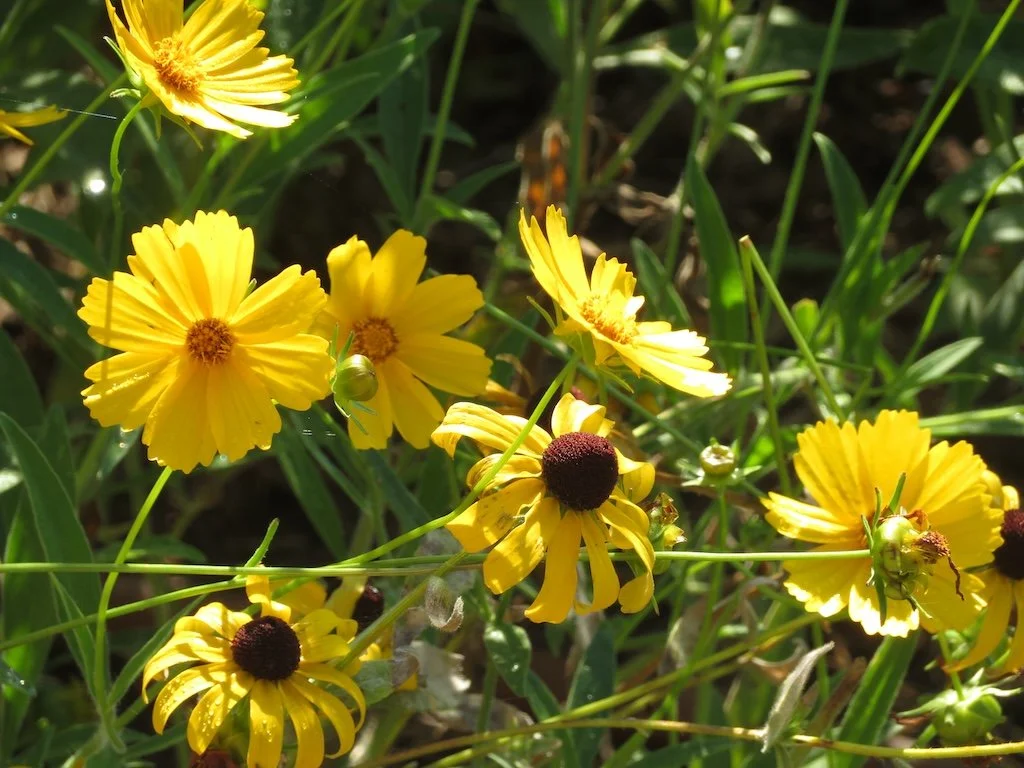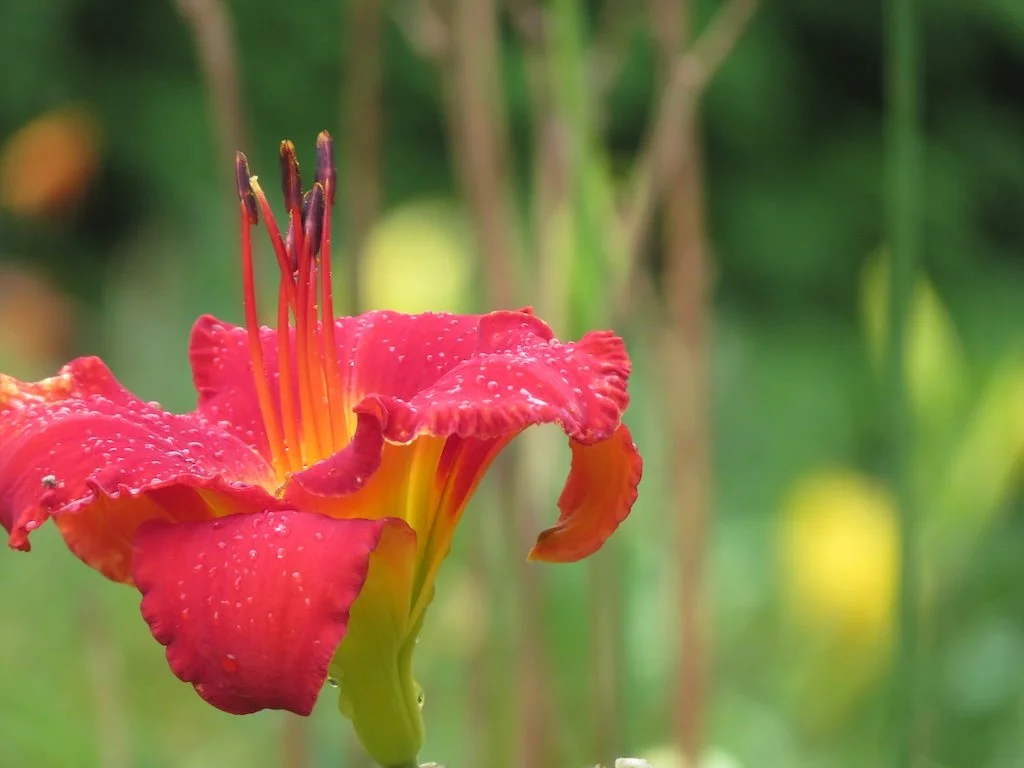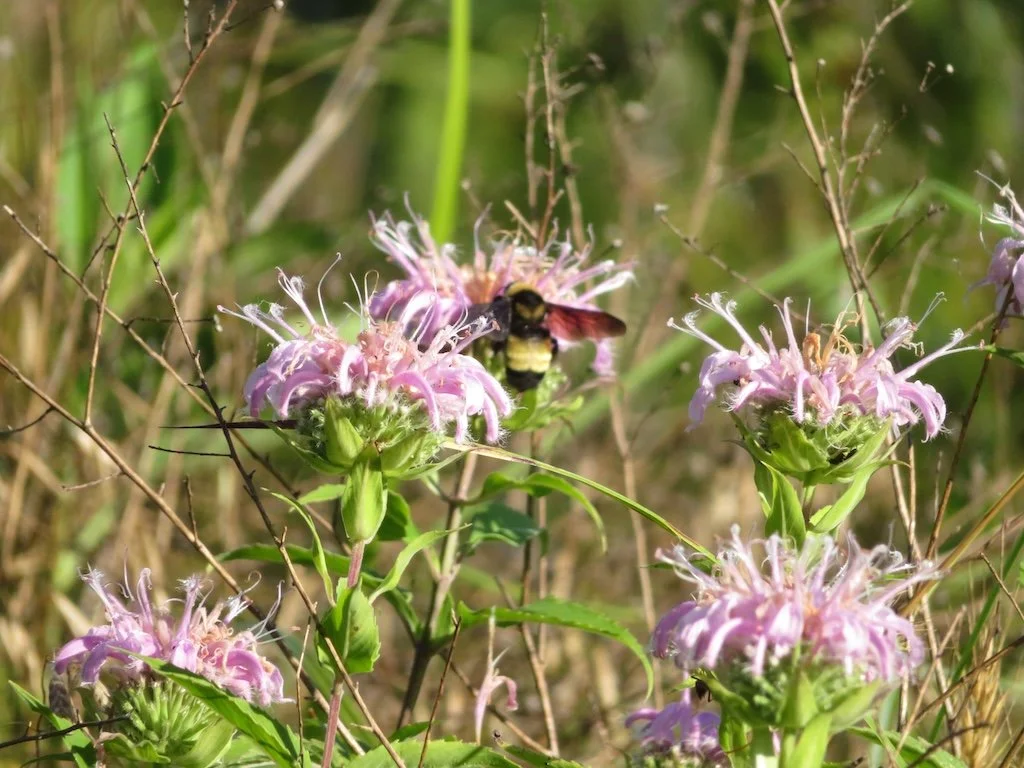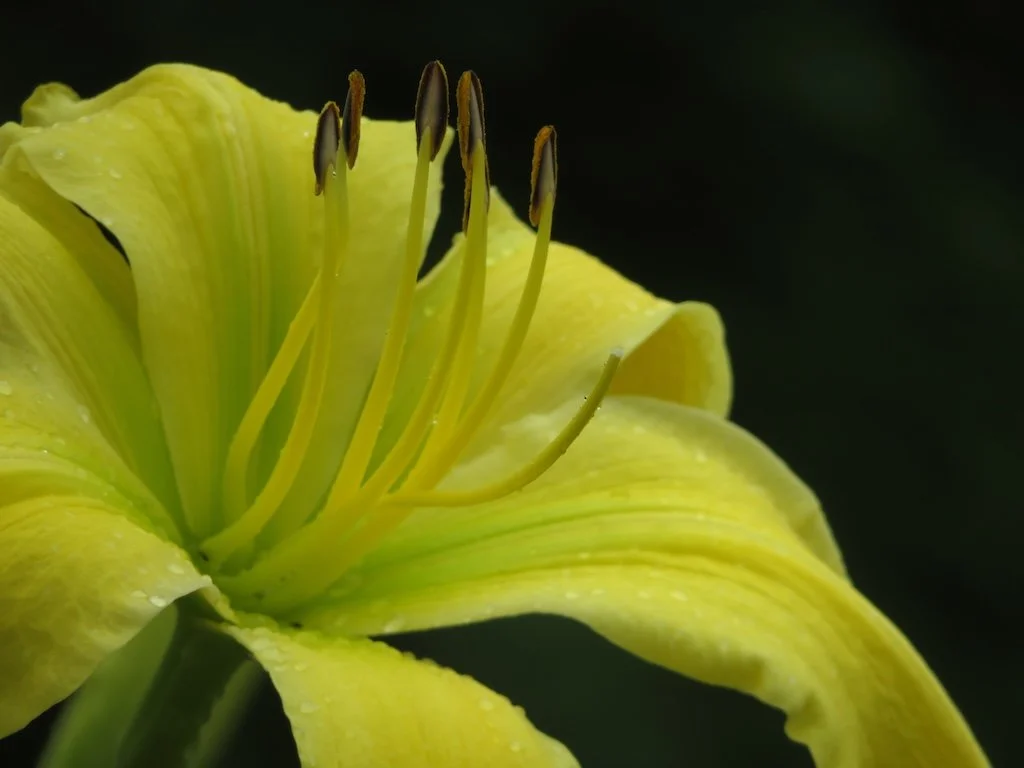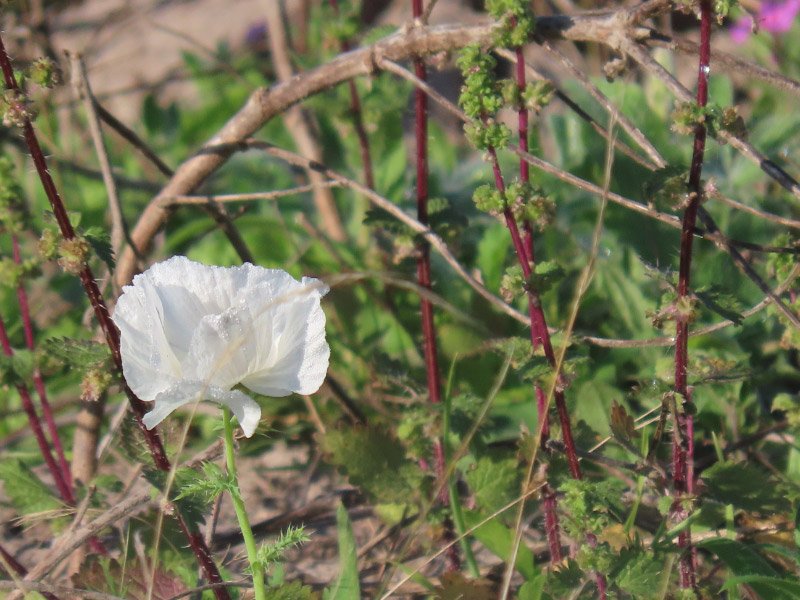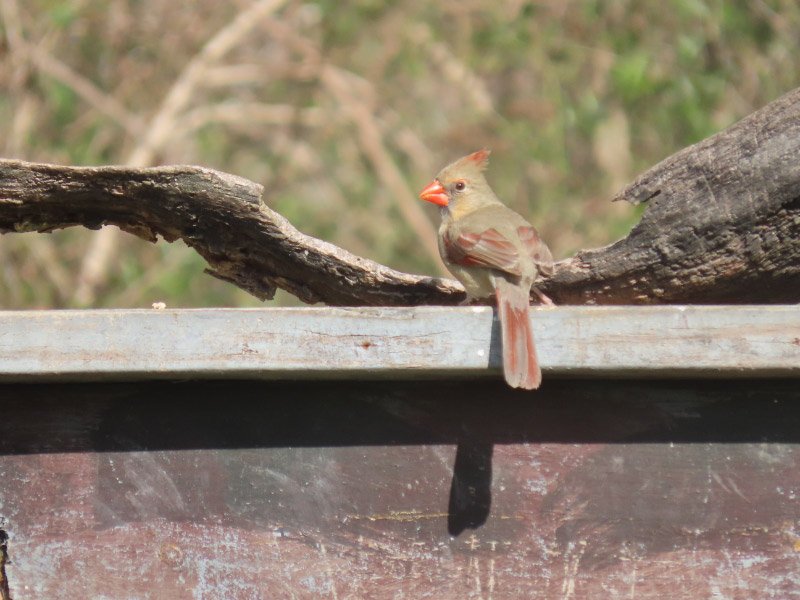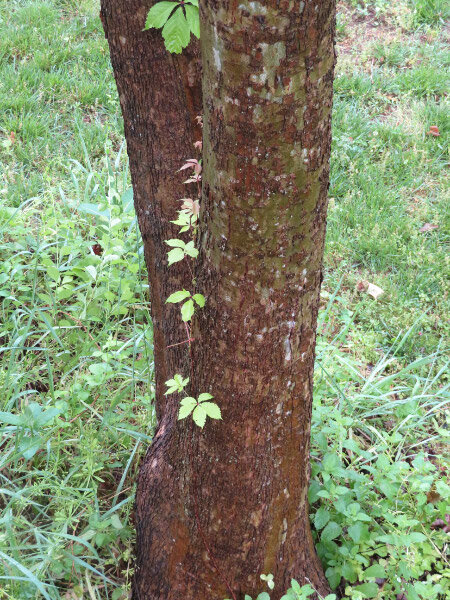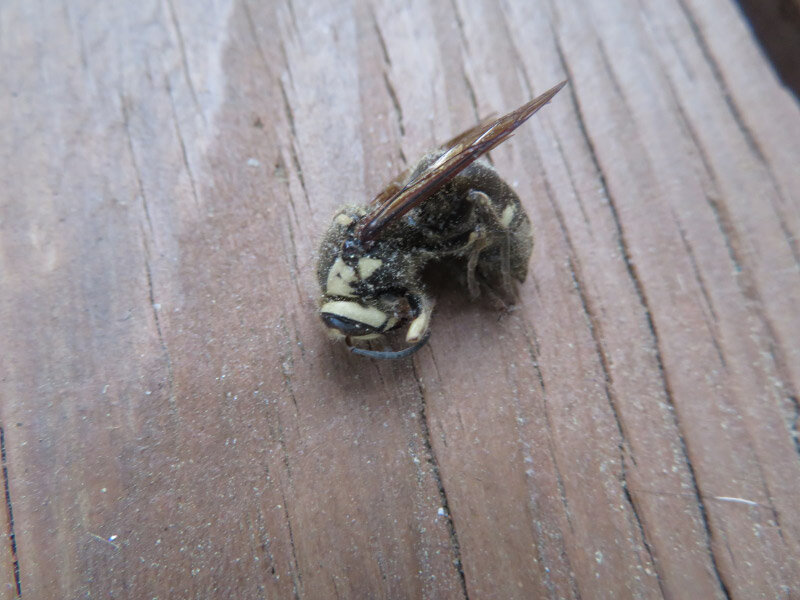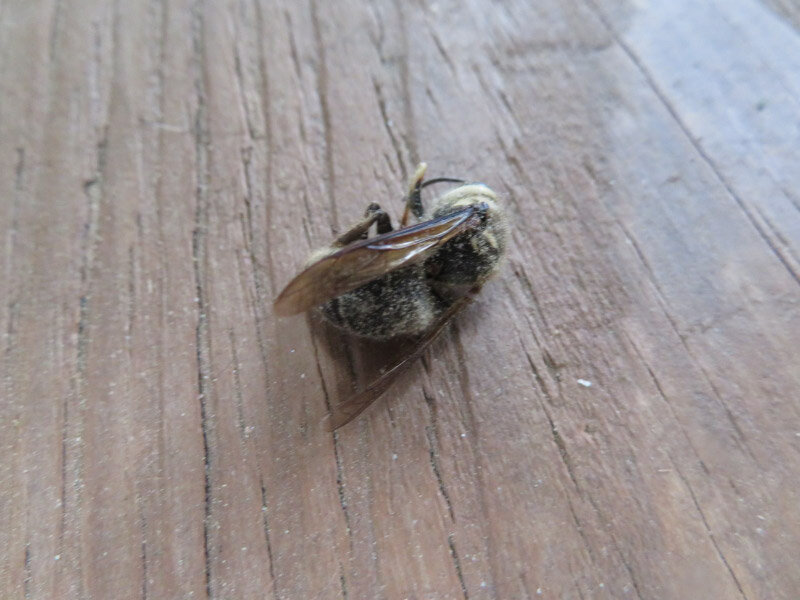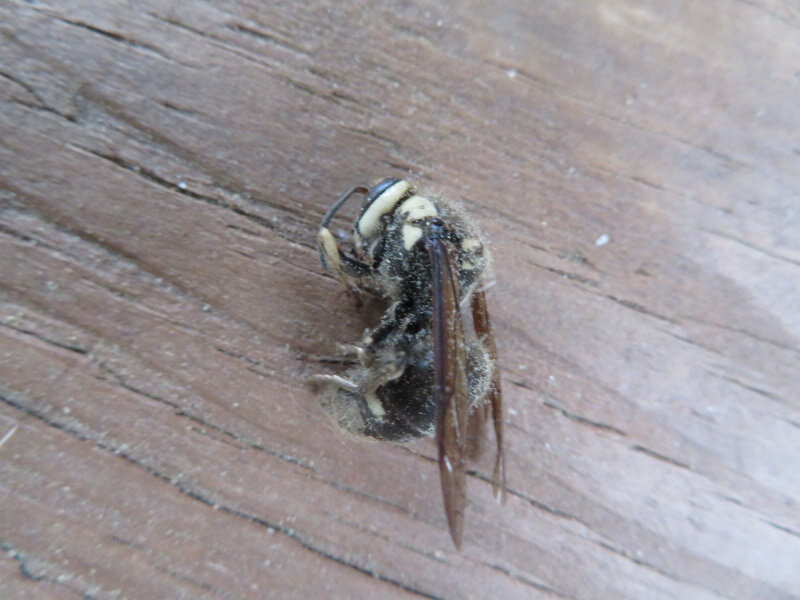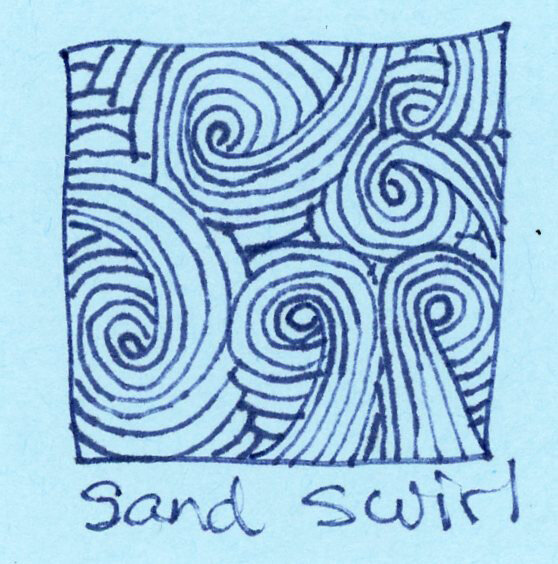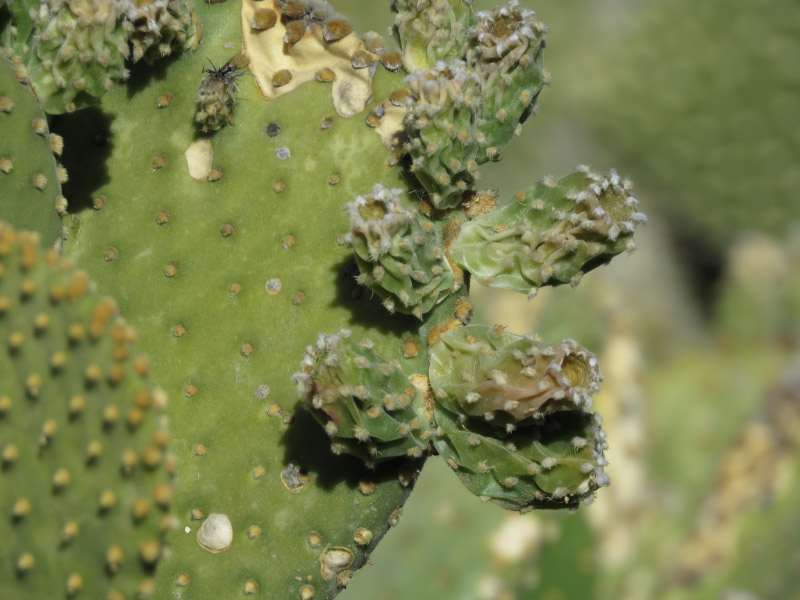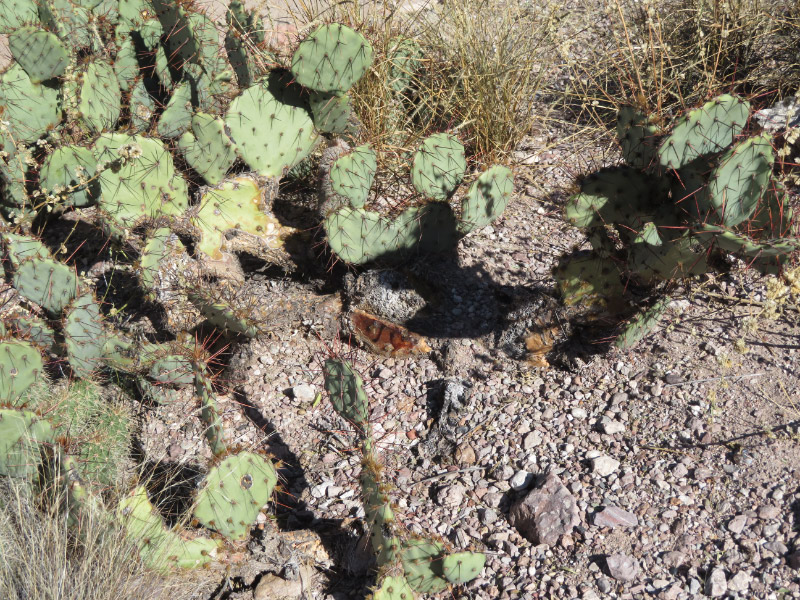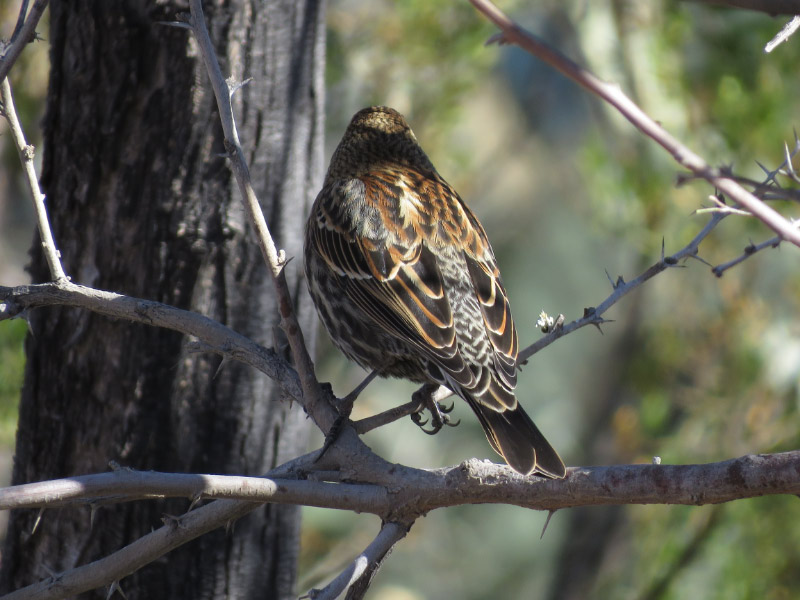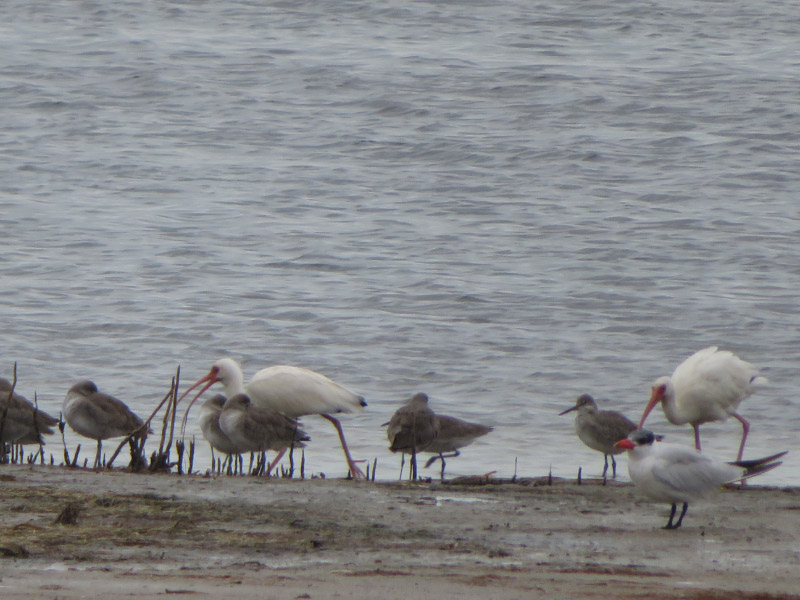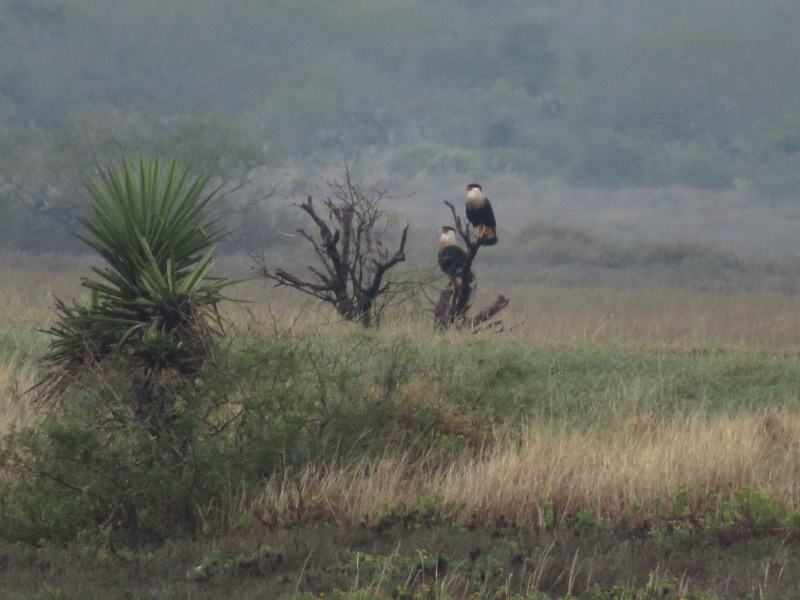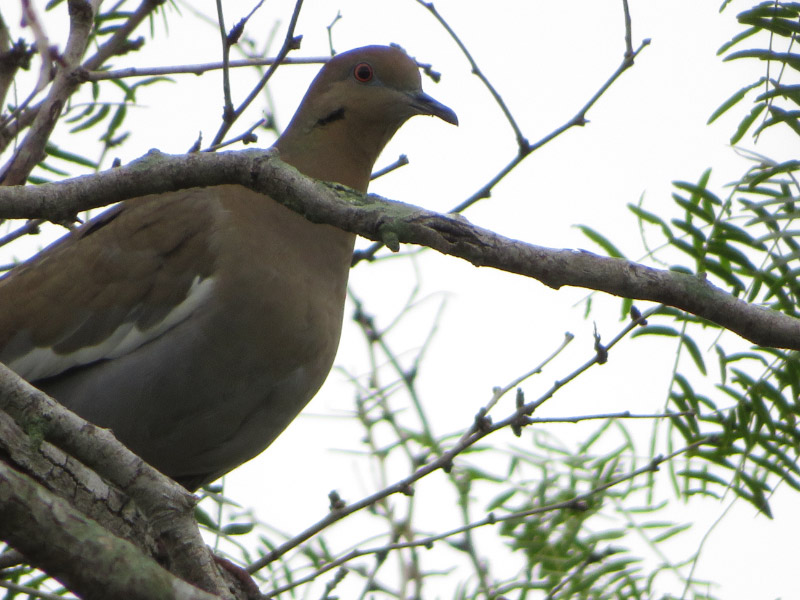Our Missouri Yard – October 2025
/We don’t have many leaves falling so I am still mowing the parts of the yard that are grass. I will stop mowing the back when our neighbor’s oak starts dropping leaves – participating in ‘leave the leaves’ for a second year and hoping to preserve some overwintering moths/butterflies.
I bought two new additions for my yard from Ozark Soul: Rubekia laciniata (common names: sochan, golden glow, and cutleaf coneflower) and Asimina triloba (common name pawpaw). The leaves of the first are edible; I will use it along with violet leaves for ‘greens’ next spring and early summer. The pawpaw will take years to produce fruit; I have some seeds in pots that I am sprouting to add to the ‘patch’ so there will be at least two trees eventually. Both plants are small so I have them marked with yard sculptures!
The Missouri Evening Primrose next to my mailbox is blooming profusely although not producing seed; I suspect that perhaps insects are not finding it. There is a tiny prickly pear cactus growing with it which I am monitoring.
Pollinators are enjoying two types of late blooming plants in my yard: goldenrod and what I think is Symphyotrichum pilosum (white heath aster) which came up in a bare spot at the edge of my driveway, and I mowed around it. Both plants are full of insects…at least two kinds of bumblebees even on cool mornings!
My husband and I realized we had waited too late to plant our new native plant garden in our front yard so we will get the bed created sometime over the next few months then plant the garden in the spring after the last frost.

